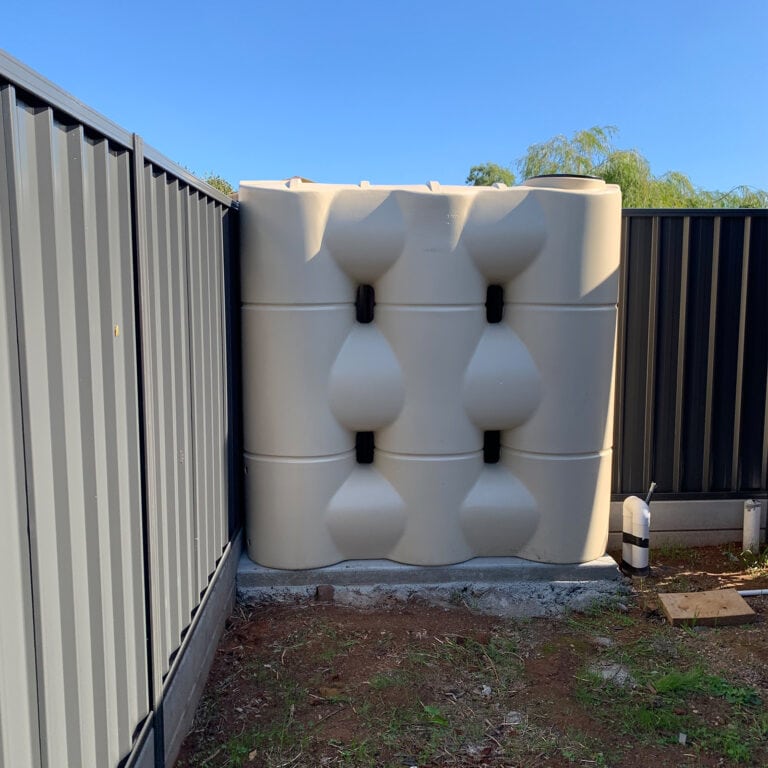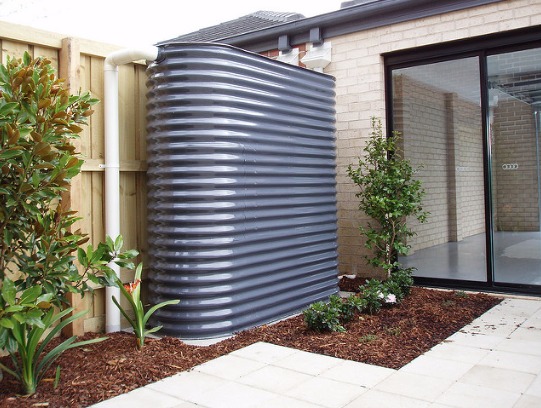Discover the Conveniences of Slimline Water Tanks for Space-Saving Storage
Discover the Conveniences of Slimline Water Tanks for Space-Saving Storage
Blog Article
Comprehending the Significance of Rain Storage Tanks in Drought-Prone Regions for Water Safety And Security
In regions at risk to extended droughts, the duty of rain storage tanks in bolstering water protection is a topic of expanding relevance. As neighborhoods grapple with the obstacles of water shortage, understanding the importance of these containers surpasses plain collection of rain. Rainwater storage tanks function as a crucial tool in alleviating the influence of water scarcities by offering a lasting source of water for numerous needs. The real worth of rainwater storage tanks expands far beyond simple storage space; it encompasses resilience-building measures and the promo of lasting water conservation techniques. This complex approach to water safety warrants a more detailed examination of the function rain containers play in guaranteeing a dependable water system throughout times of dry spell.
Benefits of Rainwater Storage Tanks
Using rainwater tanks supplies a sustainable solution for augmenting water supply and boosting water protection in property and commercial setups. One of the main benefits of rain storage tanks is their ability to lower reliance on mains water supply.

Rain Harvesting Strategies
Rain collecting strategies incorporate a series of methods developed to effectively gather and keep rainwater for different functions, contributing to water conservation and sustainability. One common technique is the installation of roof catchment systems, where rain is accumulated from the roof covering of a structure and guided to a storage container. This approach is relatively simple and cost-efficient. Another popular technique is the usage of above-ground or below ground storage space tanks to store rain for later usage. These storage tanks come in numerous dimensions and materials to suit various requirements and can be linked to the existing plumbing system for very easy gain access to.

In addition, rain yards and absorptive pavements are ingenious strategies that involve landscape design or paving surface areas in a means that allows rainwater to percolate right into the ground, restoring groundwater reserves. Furthermore, shape farming and terracing are agricultural methods that help catch rain and prevent dirt erosion in uneven surface. By implementing these diverse rainwater harvesting methods, areas can enhance water safety and security and strength in drought-prone areas while advertising sustainable water monitoring methods.
Relevance of Water Security
Guaranteeing trustworthy accessibility to tidy and sufficient water resources is critical for Look At This sustaining human health see it here and wellness, financial advancement, and environmental wellness. Water safety and security is an important facet of social resilience, particularly in regions susceptible to droughts and water scarcity. Adequate water security encompasses numerous dimensions, consisting of schedule, top quality, and access of water for residential, farming, commercial, and environmental needs.
Water safety and security plays an essential role in promoting public wellness by reducing the prevalence of waterborne diseases and ensuring hygiene centers. Economically, water security is essential for farming efficiency, industrial operations, and total financial development. Slimline water tanks. Furthermore, water safety and security is closely connected to environmental sustainability, as it supports ecological communities, biodiversity, and general environmental balance.
In drought-prone areas, water safety and security becomes a lot more critical as a result of the heightened threat of water lacks. Implementing approaches like rainwater harvesting, water recycling, and efficient water monitoring methods can significantly improve water security in these locations. By prioritizing water protection, communities can much better withstand the effects of environment change, population development, and other this article difficulties that threaten water accessibility.
Enhancing Water Strength
With enhancing worldwide water challenges, developing strength in water systems has come to be a vital focus for lasting development efforts. Enhancing water strength involves executing approaches to guarantee water schedule and quality when faced with altering ecological conditions, such as droughts, floods, and pollution.
One key facet of improving water strength is advertising making use of rain storage tanks in drought-prone areas - Slimline water tanks. Rain storage tanks work as a reliable methods of capturing and keeping rainwater for later use, minimizing dependence on limited freshwater resources throughout completely dry durations. By including rain harvesting systems right into water monitoring strategies, areas can boost their ability to endure water shortage and preserve water safety

Sustainable Water Preservation
In the middle of intensifying water obstacles, the prudent monitoring of water sources through sustainable conservation techniques is vital for making certain lasting ecological stability and social well-being. Sustainable water conservation involves the reliable use water resources to meet existing needs without compromising the ability of future generations to satisfy their own demands. By implementing techniques such as rainwater harvesting, greywater recycling, and water-efficient innovations, neighborhoods can minimize water waste and relieve stress on freshwater resources.
In addition, lasting water preservation methods add to ecosystem health and wellness by preserving appropriate water degrees in rivers, lakes, and marshes, supporting biodiversity, and protecting natural habitats. These practices also play an important function in reducing the influences of environment modification by assisting to adapt to changing precipitation patterns and water schedule.

Final Thought
Finally, rainwater storage tanks play an essential function in boosting water security and durability in drought-prone areas. By utilizing rainwater harvesting methods, areas can decrease their reliance on conventional water resources and advertise sustainable water conservation methods. This not just helps reduce the effects of water deficiency throughout droughts but likewise adds to long-term water safety and security and durability despite climate modification obstacles.
Report this page